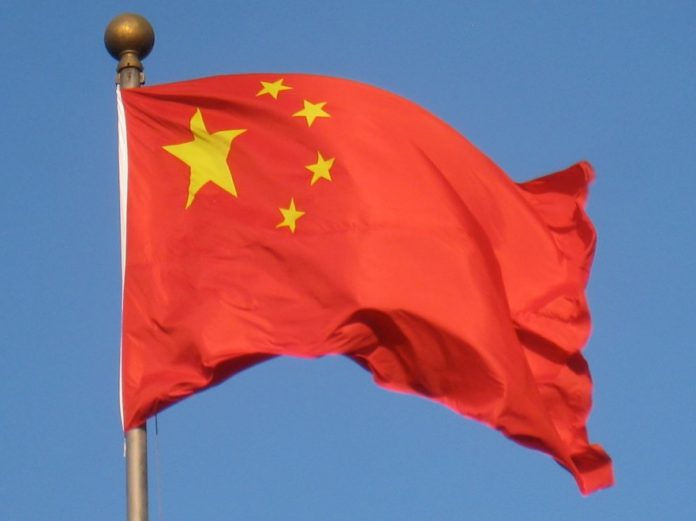In-country analyst the Asia-Europe Clean Energy (Solar) Advisory (AECEA) has maintained its expectation China will have installed 20-24 GW of new solar in 2019 and predicted the world’s leading solar market will add a further 23-31 GW this year.
Citing “unconfirmed sources”, the AECEA said it was suspected only 500 MW of new solar power generation capacity was added in China in November, on top of the 17.5 GW installed to the end of October.
Such a shortfall would provide a marked contrast with the 41 GW of new solar capacity – including 3.5 GW of residential PV – envisioned by the authorities for last year.
Solar budget
The analyst added the initial draft of the 2020 solar policy made public hinted at a possible solar budget of RMB1.75 billion ($251 million) this year, including RMB500 million for residential arrays. Such figures would mark a 42% fall on the RMB3 billion made available for solar last year but the AECEA made no mention of a report carried by Reuters that all subsidies for large scale solar would come to halt from now on.
The analyst suggests frustrations at missed deadlines which ensured projects allocated for 2019 failed to take shape may force the authorities to take sterner measures this year. The AECEA suggests the December 31 deadline for this year’s allocated projects could be followed by two quarters in which feed-in tariff payments reduce by RMB0.02/kWh generated ($0.0029) or more, or that projects may even be denied support entirely after year-end.
The likelihood that not all of the 5.2 GW of unsubsidized, grid-parity solar capacity planned last year took shape – plus the fact a further 8.7 GW of grid-parity capacity allocated this year may prove optimistic – prompted the AECEA to cast doubt on whether this year will see a second batch of unsubsidized projects approved.
A new threat
And the analyst warned that although monitoring of mandatory provincial renewables targets will start this year, and that grid, power and despatch entities’ clean energy responsibilities will be fleshed out, China’s spell of grid parity solar may soon be under threat.
The AECEA pointed to statements made by Chinese premier Li Keqiang in October about coal remaining the nation’s primary energy source and about increased domestic oil and gas extraction. Further ahead, a floating element will be added to the benchmark coal price previously determined entirely by the authorities, from next year onwards.
The possibility of the price of coal falling by up to 15% per year from next year onwards may threaten solar’s time in the sun.






